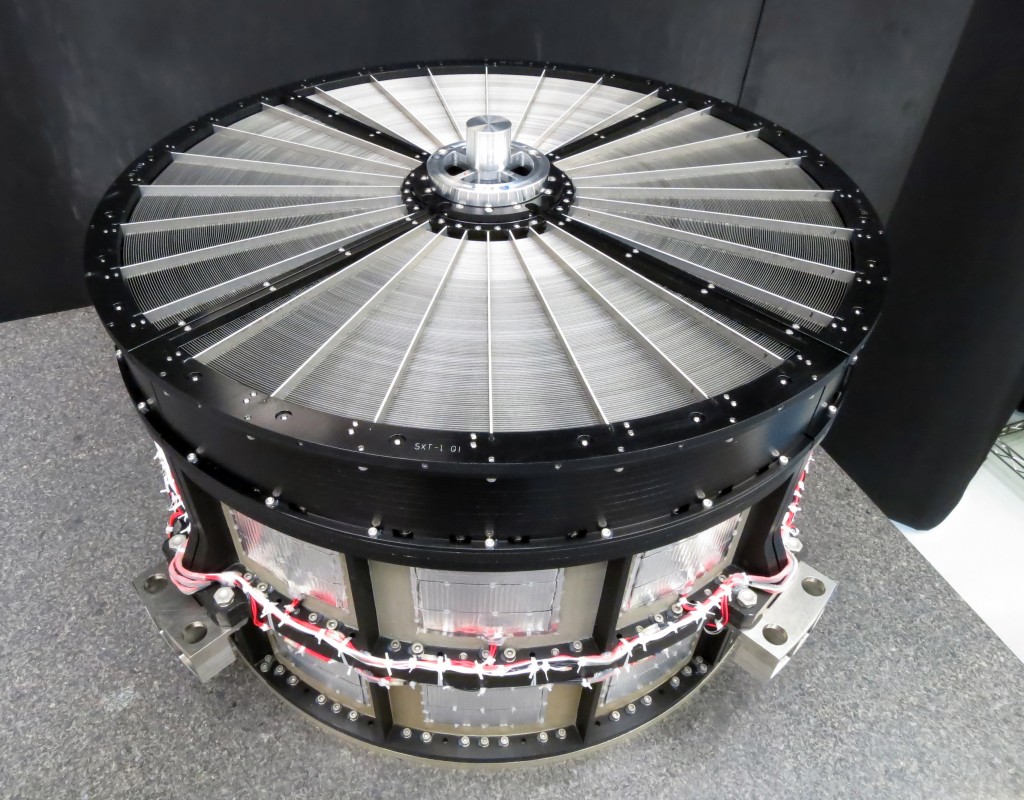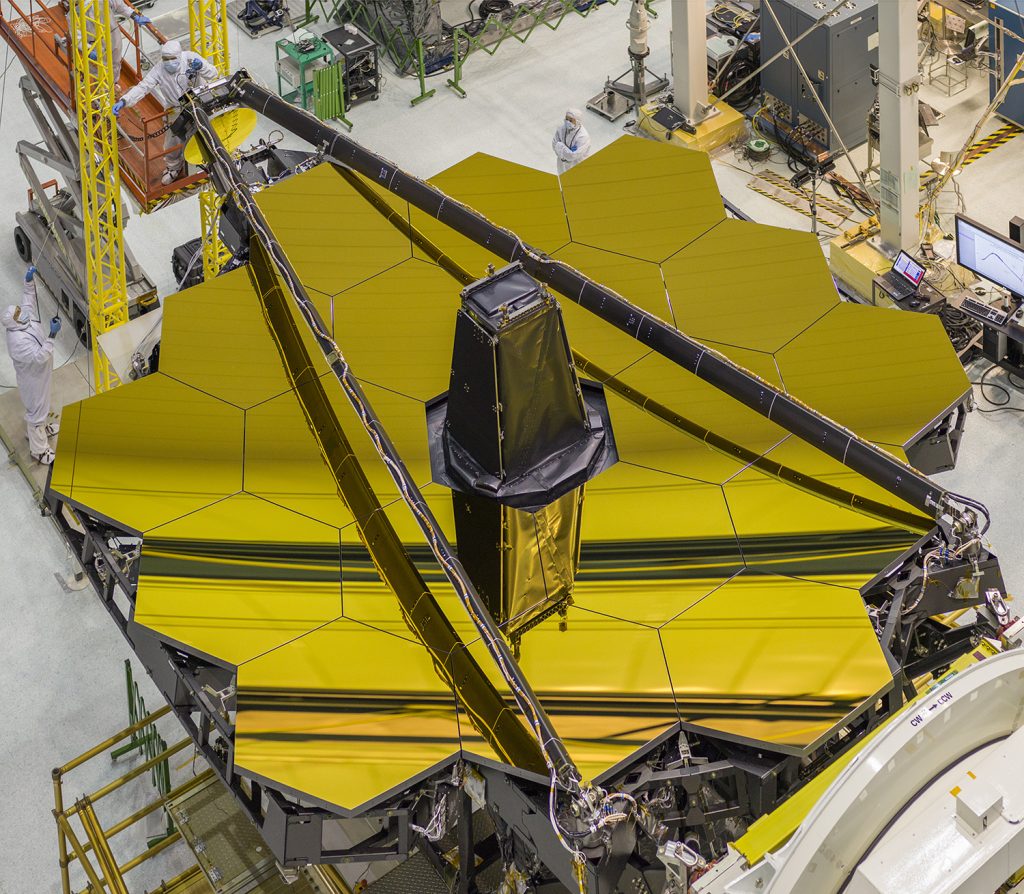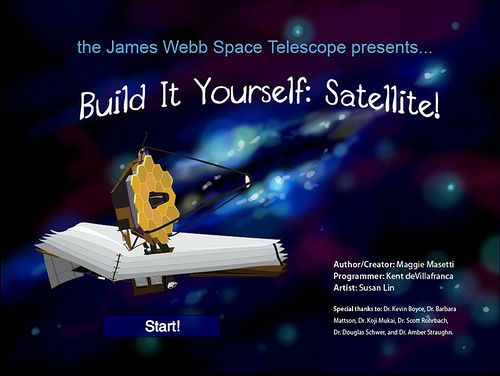Why not study all wavelengths of light with one telescope?
- By Maggie Masetti
- July 20, 2016
- Comments Off on Why not study all wavelengths of light with one telescope?
I was recently asked why the James Webb Space Telescope (a large infrared observatory) won’t have X-ray or gamma-ray detectors on board. Wouldn’t it be good for such a telescope to be able to see more than just infrared?
In order to see the full range of the electromagnetic spectrum, we actually design multiple different telescopes that each specialize in seeing a specific wavelength of light.
There are X-ray telescopes up there right now that specialize in seeing just X-rays and they include missions like Chandra, Suzaku, and NuStar. There are also existing gamma-ray telescopes like Swift and Fermi. There are also telescopes that cover all the other wavelengths of light, and now even missions specially designed to detect gravitational waves, which aren’t light at all.
There’s a reason you wouldn’t combine X-ray and gamma-ray detectors with an infrared telescope, and that is because the way those types of light are detected are totally differently. They require very different instruments and very different optics. When you are building a space telescope, you have to take into account actual design, and incorporating vastly different sets of optics and instruments would be either impossible or impractical, and possibly too heavy and expensive.
For example, picture throwing a stone into a pond. Unless you throw it at a very shallow angle so that it skips on the surface, the stone will pass right through the surface of the water. In this way, X-rays will pass through a typical telescope mirror unless they approach the mirror at a very shallow angle. To maximize the number of X-rays captured, X-ray mirrors are made of multiple, nested layers of cylindrical shells. The X-rays enter the end of the cylinder and then hit the mirrors at a shallow enough angle that they can be directed to the instrument located at the mirror’s focal point. Many X-ray mirrors are made with thin foils – they provide good collecting area, are relatively cheap, easy to make, and lightweight.

X-ray mirrors from the ASTRO-H mission. Each is 17.7 inches (45 centimeters) across and contains 1,624 precisely aligned aluminum mirror segments arranged in 203 concentric shells. Credit: NASA’s Goddard Space Flight Center
When a gamma ray hits a mirror or a lens, it won’t be reflected or refracted like optical light, and it won’t bounce off the way an X-ray would – it will interact with the mirror in such a way as to destroy the gamma ray or change its energy by a large amount. Thus, while we can focus X-rays using optics, we actually don’t yet have the technology to focus gamma rays (at least not in a way that is practical), so current gamma ray telescopes don’t use optics at all! Some types of detectors can determine the direction of a strong source of light to a fine degree of accuracy, but they don’t actually focus the light.
Think about trying to design a telescope that was able to utilize both a concave 6.5 meter mirror and a nested cylindrical mirror! That would be complicated at best. All that said, occasionally seemingly odd combinations of wavelengths can be studied by the same observatory. Swift, which is primarily a gamma-ray mission, actually has small UV/Optical and X-ray telescopes on it, primarily to see the afterglows of gamma-ray bursts. So occasionally a mission is able to have complementary instruments/optics on board that are very different from each other.

The 6.5 meter diameter primary mirror of the James Webb Space Telescope. The microscopic gold coating (over the beryllium mirror) optimizes it for reflecting infrared light. Credit: NASA/Chris Gunn
In the case of JWST, it was designed with very specific science goals in mind, all of which required a large infrared telescope. So that is what it has been designed to be!
If you want to learn more, you can try out this game, which lets you build your own telescope, by carefully choosing science goals, the right wavelengths to study that science effectively, and then the correct instruments and optics that would allow you to actually have a viable telescope.
http://www.jwst.nasa.gov/build.html



